UX, Business and Technology Mixed Together! - Part 1
Tuesday, Jan 08, 2019
Do you want to impress, engage and retain your users?
Expand your capabilities ...
Expand your revenues ...
Then make sure to consider at least one of the below technologies. This is a list of latest technologies and UX trends in the market capable of serving most of the known business solutions, mostly in mobile apps; yet: "the sky is the limit"!
So we'll be going through around eight interesting technologies in two parts. This is Part 1. You can access Part 2 from this link.
Part one discusses the following technologies:
- iBeacons
- AR
- VR
- Hologram
Part two will shed some light on the following technologies:
- Facial Recognition
- Code Scanning
- 360-Photos
- Periscope
iBeaconsWhat is it? iBeacon is a brand name that was created by Apple to describe a specific technology. This technology allows mobile apps to recognize a near iPhone via a small wireless sensor called a beacon. The beacon has the ability to transmit data to an iPhone (or other mobile devices) - and visa versa. The beacon transmits signals based on micro-location and contextual awareness.
|
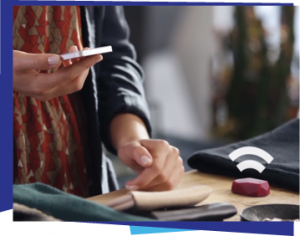 |
Mostly Used to:
- Send promotions such as offers and discounts to customers when they come near a product or a specific shelf.
- Super fast check-in at events with geo-fencing.
- Unlock doors or enable certain services.
- Provide virtual concierge.
- Track anything.
- Support assistance for disabled or blind people.
- Navigate through indoor maps. For example, in the case of emergencies, first responders can navigate much faster to where issue has occurred.
Use Case:
Estimote’s scenario: Let's assume you own an iPhone. It happened that your passed by a cloths shop that has a working beacon. As soon as you enter that beacon’s zone or area, the beacon transmits a special offer to your iPhone through the shop's app to direct you to the product location in the shop. The beacon transmits signals based on micro-location and contextual awareness.
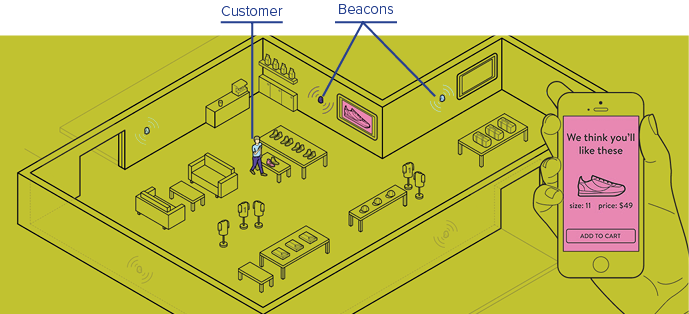
Augmented Reality (AR)What is it? AR is a real-life view of the surroundings and tops this with topical and relevant information; eventually leading to the creation of something massively more useful. It keeps the effect real world but only adds a digital layer on top or amplifies the real world experience to be immersive and engaging. Augmented reality gives actual information without changing or displacing the real world experience.
|
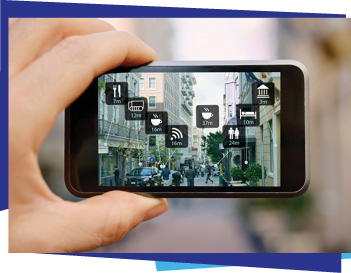 |
Mostly Used to:
- Embed text, images and videos.
- Display digital content on the top of physical real world magazines.
- Access actual, real-time information about historical landmarks and places simply by pointing the mobile camera viewfinder to the required subjects.
- Access immediate information about the nearest attractions or places relevant to current location of mobile.
- Develop real-time, engaging 3D Games through the assistance of Unity 3D Engine such as Pokémon GO.
Use Case:
Converse Shoe Sampler: Let's say we have a Converse Sampler iPhone App. This app uses augmented reality to enable shoppers to have the chance to virtually try on any of the trainers from their range just by pointing their phone at their feet. Customers can simply select a shoe from the app’s catalogue to see how this shoes will look on their feet as if they are physically wearing them. Customers also have the chance to even directly buy their preferred pair of shoes through the app, meaning they don’t need to leave their homes.
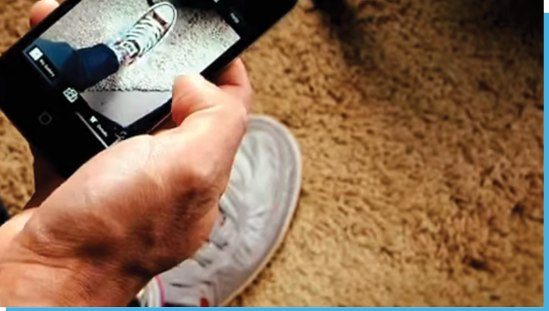
Visual Reality (VR)What is it? Virtual reality is a completely artificial environment that users can enjoy a fresh experience using their senses of sight and sound in a way that the user accepts it as a real environment. In such as virtual reality environment, the user experiences complete immersion. That is the feeling of being entirely inside and a part of that new world. |
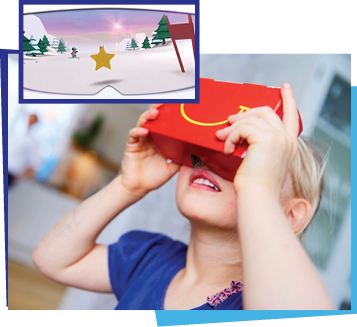 |
Mostly Used to:
- Provide Healthcare surgery simulation experiences.
- Train on many sports and be a training aid for other sports such as golf, athletics, skiing, cycling and many others.
- Provide virtual walkthroughs and open house experiences by real-estate firms.
Use Case:
The flagship McDonald’s, in Sweden, is actually using VR in making Happy Meal boxes turn into VR headsets for kids to see and feel as if physically skiing.
Coca Cola’s Santa’s Virtual Reality Sleigh Ride: In a recent Christmas season, Coca Cola created an entertaining virtual reality sleigh ride for marketing purposes. Using Oculus Rift, thousands of people acorsss Poland had the opportunity to get immersed in this virtual world and experienced being Santa Claus for one day.
It is roller coaster ride-like experience. The difference is that the customer gets to be a Santa Claus who flies over the country and across different villages in an exciting journey.
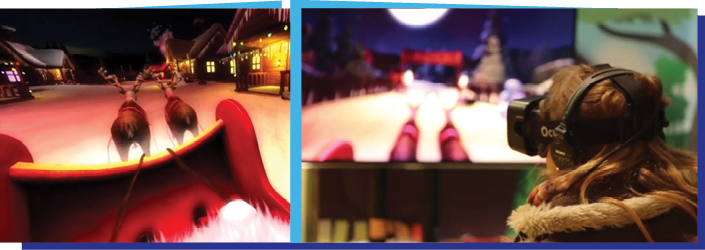
HologramWhat is it? A hologram is a three-dimensional image. It is created with photographic projection. You can think of it as a free-standing image that does not simulate spatial depth or require a special viewing device. In theory, holograms could probably someday be electronically transmitted into a specialized display device at your home and/or business. |
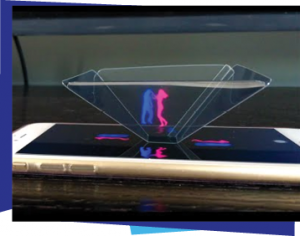 |
Mostly Used to:
- Project big and special trade shows and events.
- Create holographic conference rooms experiences.
- Test construction material and examine the capacity of an item to hold a weight limit.
Use Case:
Holographic Presentation Room Powered By Microsoft and DVE: The Digital Video Enterprises (DVE) room has created a Holographic Presentation Room experience for the organization. In this room, viewers can see Microsoft being projected in the air and users can even interact with it. In this experience, they are making use of Lync, Kinect and DVE’s patented technology in order to offer such kind of journey.
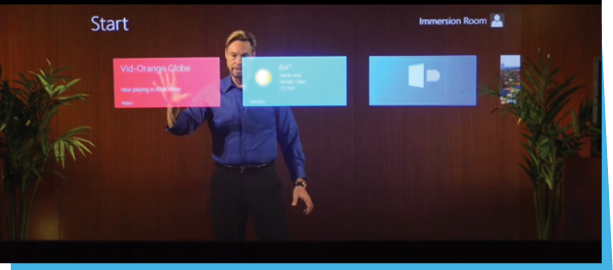


Comments
No comments yet
You must login to add your comment.